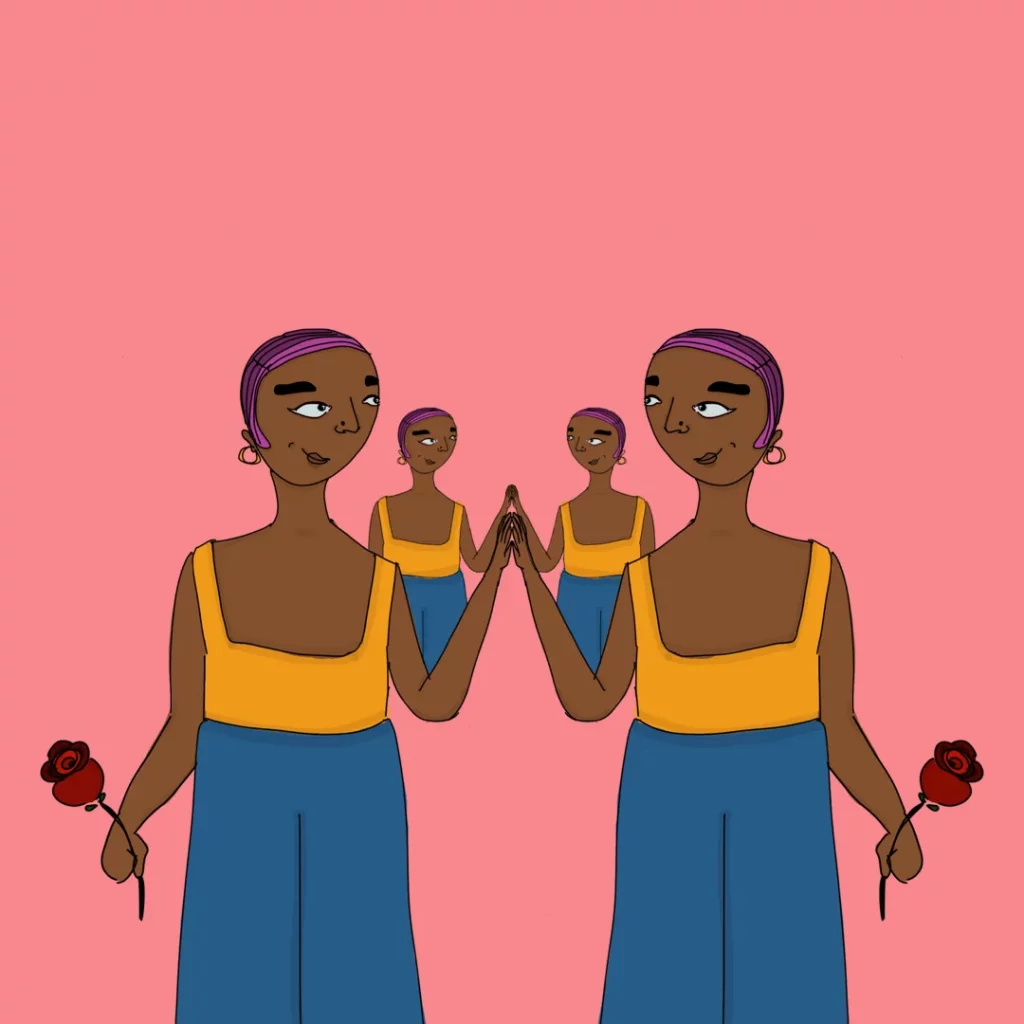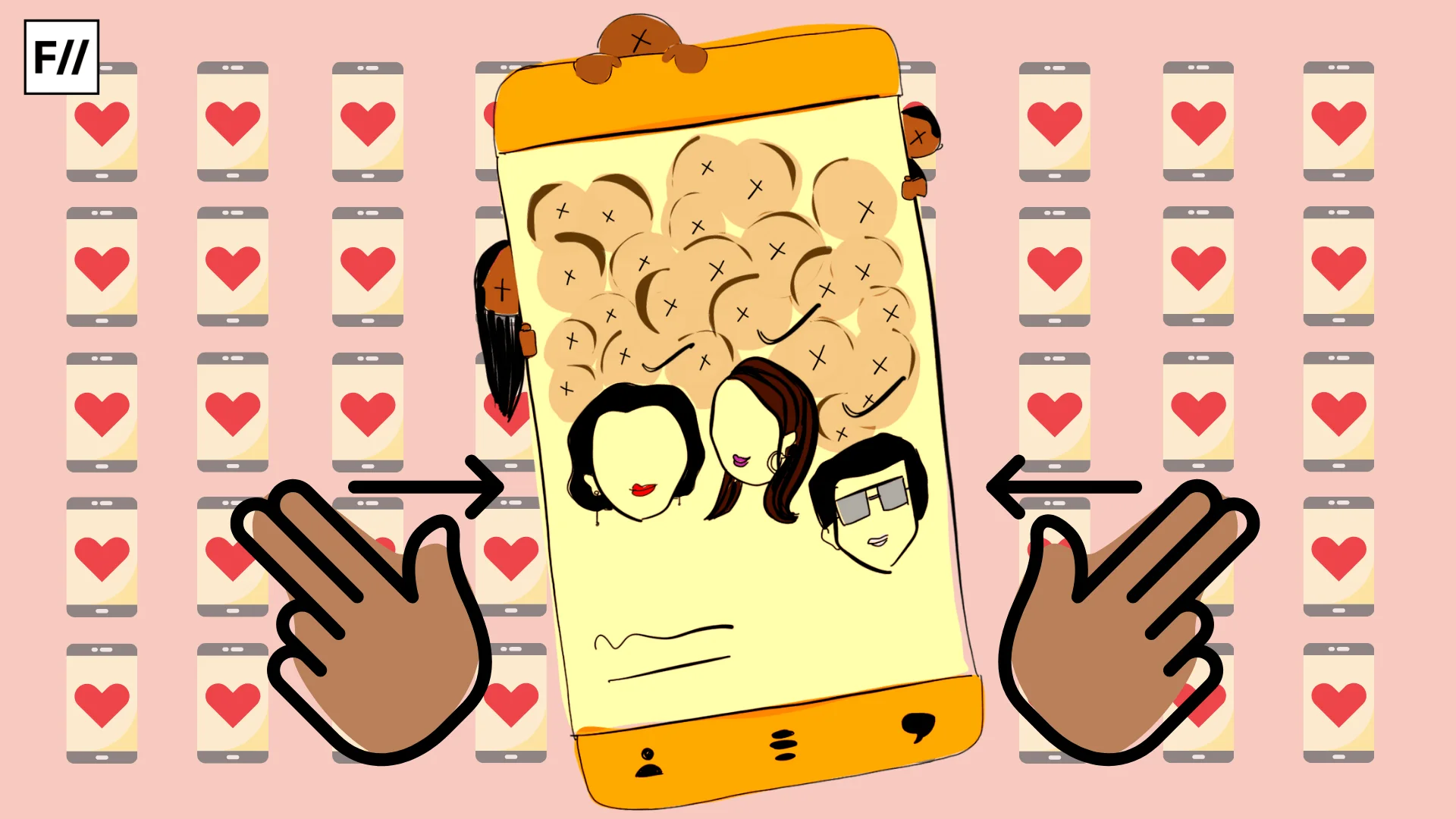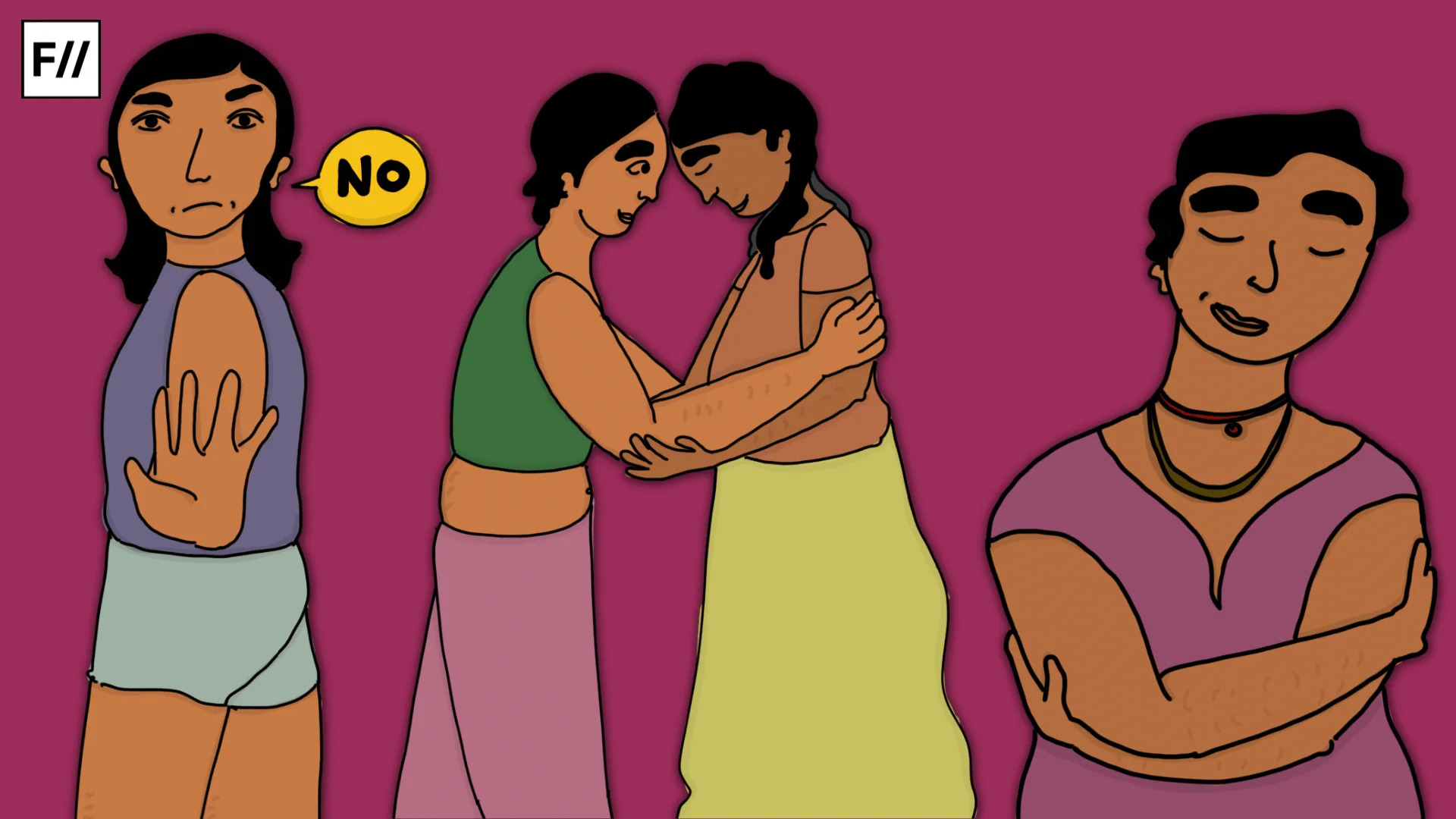Kangana Ranaut, a BJP MP and Bollywood actress known for making controversial statements, recently appeared on The Male Feminist podcast. The interview covered politics, the film industry, and her personal views on contemporary social issues, including marriage, live-in relationships, and non-negotiables in a relationship. When the conversation turned to dating apps, Ranaut did not hold back. She called the dating apps “degrading,” the “lowest category, almost like a gutter.” She claimed that people on these apps are usually insecure or unsuccessful, that love cannot be found by going out every night to “find” someone, and that “genuine love” is best discovered through college, work, family, or friends, while turning to these apps signals a deeper personal failing. She went further, offering a “scientific explanation” that had little to do with the rest of her argument: she said that our bodies carry memories and DNA imprints from contact, that even after kissing DNA remains in the mouth for a while, and that interactions leave lasting physical and emotional traces. In her words, meeting strangers through apps only scatters those traces across many people.
Ranaut’s remarks went viral on social media, not just because of their harshness but because they echo something familiar. Behind the language of science and dignity lies a cultural script Indians know too well: the “good woman” ideal, where women’s sexuality must be modest, passive, and tied to family honour. In this script, a woman who swipes right looks “neech,” low, desperate, or dishonourable, while the woman chosen through an arranged marriage is seen as virtuous.
Arranged marriages, matrimonial sites, and dating apps
The “good woman” lens in society does not see a woman as an individual with her own identity, thoughts, or opinions, but as a body on which the reputation of an entire family rests. That is why premarital sex, inter-caste relationships, or even being spotted with a boyfriend can quickly turn into neighbourhood gossip and, at its worst, provoke punishment and violence.

Honour killings are an extreme but telling example of this logic, where girls are murdered for bringing shame to their families simply because they chose to pave their own way in life. Against this backdrop, Ranaut’s idea that dating apps are “neech” is not surprising. It reflects the long-standing notion that women who show desire, instead of waiting to be chosen, are seen as “too much”, ambitious, excessive, and ultimately shameful.
The “good woman” lens in society does not see a woman as an individual with her own identity, thoughts, or opinions, but as a body on which the reputation of an entire family rests. That is why premarital sex, inter-caste relationships, or even being spotted with a boyfriend can quickly turn into neighbourhood gossip and, at its worst, provoke punishment and violence.
For generations, marriages in India have been family-arranged, with caste, community, and class taking priority over personal attraction. Modern-day matrimonial websites like Shaadi.com or Jeevansathi do not revolutionise this system but merely reproduce it online. Their sleek interfaces may look modern, but they still uphold the same old filters: caste, religion, income, education, and family background. In many cases, the real choice still lies with the parents, sometimes even to the extent of creating matrimonial profiles of their children without their knowledge.
Dating apps, on the other hand, hand the steering wheel to individuals. Women swipe, match, and message on their own terms. This shift from parental broking to self-choice is radical in a culture that equates respectability with passivity. To be sure, dating apps are not immune to hierarchy; religion, income, and ideology still shape people’s preferences. But the crucial difference is that these filters are self-imposed rather than externally enforced. On dating apps, women are not just waiting to be chosen. They are choosing.
The hypocrisy of respectability
For women, dating apps bring to the surface a long-standing contradiction in how desire is judged. When she puts herself out there, she risks being labelled ‘cheap’, ‘available’, or ‘desperate’, while a man’s pursuit of women is treated as natural, almost as ordinary as his existence.

This double standard has deep roots. As Simone de Beauvoir argued, societies construct women as sexual objects to be scrutinised, while men’s sexuality is accepted as natural and unremarkable. In India, this plays out with extra layers of caste and family honour. So when a woman swipes right, it is not just a personal act. It is read against centuries of rules about purity and shame. And this is why Ranaut’s “gutter” metaphor stinks. It reinforces the idea that women who take initiative are lesser, while those who quietly wait for family-arranged marriages remain respectable.
Who uses dating apps, and why?
Despite stigma, dating apps are booming in India, with millions of swipes happening daily. Bumble reported 4 million users in 2020, with women making the first move 15 million times. Yet the gender gap across dating apps remains stark: estimates suggest that 75-90% of users are men, leaving a relatively small group of women to absorb disproportionate attention. The appeal of apps also varies by location. Urban youth use them freely, but in smaller towns, women worry about being recognised by neighbours or facing moral policing. Many young women create profiles only when they are studying or working away from home.
A common criticism is that these apps are unsafe for women. Harassment, catfishing, and stalking are real concerns. But danger is not unique to apps. Women face harassment in public, in workplaces, and even within arranged marriages. Telling women to avoid apps does not make them safe; it just restricts their options. What actually helps is design and accountability.
Beyond heterosexual dating, these apps are lifelines for groups with even fewer offline options. Queer women, for instance, often rely on Tinder or gay dating platforms like Grindr, given that safe spaces for non-heterosexual relationships are scarce in India. Divorced women, too, turn to apps to re-enter the dating world, pushing back against the stigma that surrounds them.
Are dating apps really unsafe?
A common criticism is that these apps are unsafe for women. Harassment, catfishing, and stalking are real concerns. But danger is not unique to apps. Women face harassment in public, in workplaces, and even within arranged marriages. Telling women to avoid apps does not make them safe; it just restricts their options. What actually helps is design and accountability. Apps like Bumble let women start conversations and block unwanted advances. Tinder has added safety features like photo verification and reporting prompts. These tools are far from perfect, but they put more control in women’s hands than a marriage arranged by families where abuse often stays hidden.

Interestingly, Ranaut also leaned on a pseudo-scientific claim: that DNA from intimacy lingers in the body and “scatters” memory across multiple partners. This is simply not true. Forensic studies show that DNA from a kiss fades within minutes. The idea of permanent imprints is a moral panic, not science. And while this has little to do with dating apps themselves, the persistence of such myths tells us something: they are modern versions of older purity tests, from hymen checks to virginity rituals, meant to control women’s bodies. When science is misused in this way, it is less about biology and more about disciplining desire.
Dignity in choice!
The claim that dating apps degrade relationships assumes that family-arranged matches are somehow more dignified. But what exactly makes a union dignified? Is it the involvement of caste filters and parental vetting? Or is it the presence of real compatibility and mutual consent?
Dating apps allow people to prioritise shared values, humour, or interest factors often dismissed in arranged setups. They broaden the pool, crossing not only caste or community lines but also the boundaries of what is considered ‘acceptable’. Most importantly, they let women set boundaries, state their needs, and discover more about themselves. Studies show that many app users report becoming clearer about what they want in relationships. That sounds like growth, not degradation. The problem is not the act of swiping; it is the stigma that frames women’s desire as dishonourable. When Ranaut calls dating apps a gutter, she is not just criticising a technology; she is reinforcing the old purity logic that has always kept women from owning their choices.
Ultimately, dating apps are neither saviours nor scourges. They are tools shaped by the society that uses them. In India, that means they carry the weight of caste, class, and patriarchy, but they also offer a chance to push against those boundaries. Women do not become “neech” by swiping right. They become visible as agents of their own lives. That visibility may unsettle traditional norms now, but it is not degrading. What is truly degrading is insisting that a woman’s worth lies in being chosen, not in choosing for herself.
About the author(s)
Mahi Agrawal is a B.A. LL.B. (Hons.) student at Hidayatullah National Law University, Raipur.





